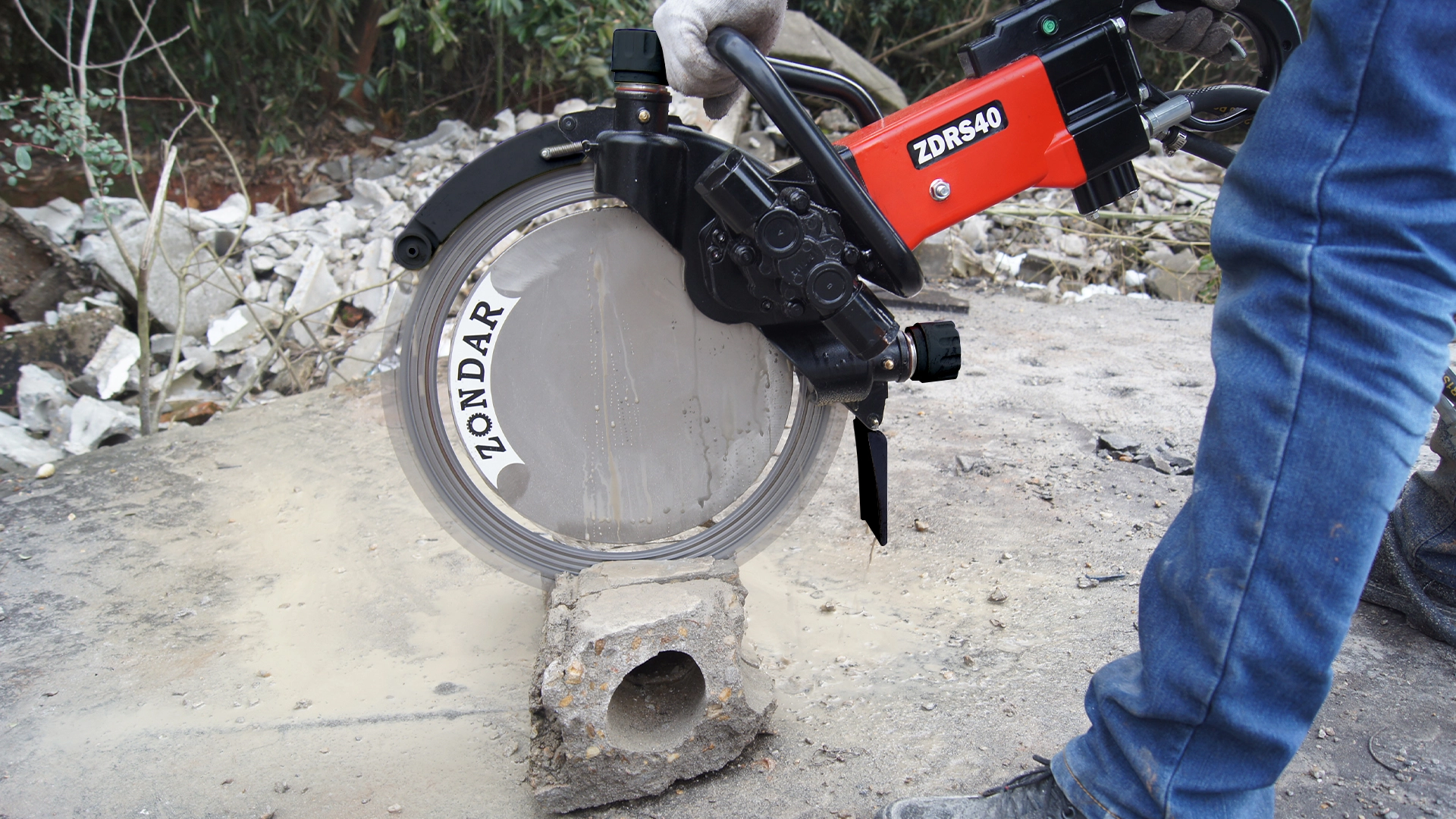If you’ve ever tried to connect hydraulic hoses on a hot summer day—especially after they’ve been lying under direct sunlight—you already know the struggle. The connectors feel stiff, pressure seems to be locked in, and no matter how hard you push or twist, it feels nearly impossible to get the couplers to click together.
This is a common problem in the field, especially in industries like construction, road repair, agriculture, and emergency services where hydraulic tools are used outdoors. Fortunately, there are a few simple tricks you can use to make the connection process smoother, faster, and safer.
Let’s walk through the issue and offer three easy, proven solutions to help you connect hydraulic hoses—even in the heat of summer.

Why Is It So Hard to Connect Hydraulic Hoses in the Heat?
Before jumping into the tips, it helps to understand why this happens.
Hydraulic systems are closed systems filled with fluid. When the sun heats the hoses, it also heats the hydraulic oil inside. As we know from basic science, heat causes liquids to expand. As the fluid expands, it creates pressure inside the hose—even when the system is turned off.
This trapped pressure makes it very difficult to connect the male and female quick couplers. It can feel like you’re fighting against an invisible force—and you are: you’re fighting against hydraulic pressure caused by thermal expansion.
So, how do we relieve this pressure or work around it?

Tip 1: Connect the Female Connector to the Hydraulic Power Unit First
One of the easiest and most effective tricks is to connect the female quick coupler to the hydraulic power unit (HPU) first.
Why this works:
The female connector is generally easier to connect under pressure than the male connector. It has a design that allows it to “accept” some pressure and helps bleed off the trapped fluid inside the hose.
Once the female side is attached, the internal pressure has a chance to escape or equalize. This makes it much easier to then connect the male side, usually found on your hydraulic tool (like a breaker, post driver, or pump).
Step-by-step:
Identify the female connector and attach it to the corresponding port on your HPU.
Use firm, steady pressure to make the connection—this may still take some effort.
Once it clicks in, the pressure will drop slightly.
Proceed to connect the male connector to the tool. You’ll find it’s noticeably easier now.
Pro Tip: Always make sure both connectors are clean and free of debris before connecting. Dirt or sand can increase resistance and damage the couplers over time.

Tip 2: Immerse the Hose Ends in Cold Water for 10 Minutes
If the connectors are still stubborn—or if the entire hose feels hot to the touch—then it’s time to cool things down.
Here’s a practical method: soak the hose ends (especially the connectors) in cold water for about 10 minutes.
Why it works:
This trick uses the simple principle of thermal contraction. When the hydraulic oil inside the hose cools down, it contracts slightly, which lowers the internal pressure. Lower pressure means less resistance, and the connectors become easier to work with.
How to do it:
Fill a bucket or tub with cold water (ice water if available for faster results).
Immerse the ends of the hose—especially the metal couplers—in the water.
Let them sit for 10 minutes.
Remove, dry off, and attempt the connection again.
This is an excellent method when working in remote areas with limited tools, or when you’re trying to avoid using wrenches or bleeding hydraulic fluid manually.

Tip 3: Use Wrenches to Loosen the Joint and Relieve Pressure
If all else fails, and you’re still dealing with high pressure in the line, you can manually relieve it by cracking the joint open slightly.
Caution: Always wear protective gloves and eyewear when doing this. Hydraulic oil can be hot, and sudden release of pressure can be dangerous if not handled carefully.
Tools you’ll need:
A 24mm or 27mm open-end wrench (depending on your hose fittings)
Or a standard adjustable wrench (monkey wrench)
Steps:
Identify the threaded joint near the male connector.
Use the wrench to slightly loosen the fitting—just enough to allow a small amount of oil to escape.
Let the pressure release gradually. You may hear a hiss or see a small dribble of oil.
Once the pressure is gone, retighten the fitting securely.
Now, try connecting the hoses again—you’ll find they go on much easier.
Important: Always clean up any spilled oil and properly dispose of any rags used. Avoid contaminating the environment.
Final Thoughts
Dealing with tight, high-pressure hoses in the heat can be frustrating, but it’s a solvable problem with a little patience and the right techniques. Whether you choose to start with the female coupler, cool the hoses in water, or manually relieve pressure with a wrench, these tips can save you time and prevent unnecessary strain on both your hands and your tools.
It’s always a good idea to train your crew on these methods so everyone knows how to handle hot hose connections in the field. Not only does it improve efficiency, but it also ensures safety and protects your hydraulic equipment from damage caused by forced connections.
Have Any Tips of Your Own?
We’d love to hear how you handle high-pressure hose connections in hot environments. Drop your ideas or field tricks in the comments below!
If you found this article helpful, don’t forget to share it with your team or save it for later!





